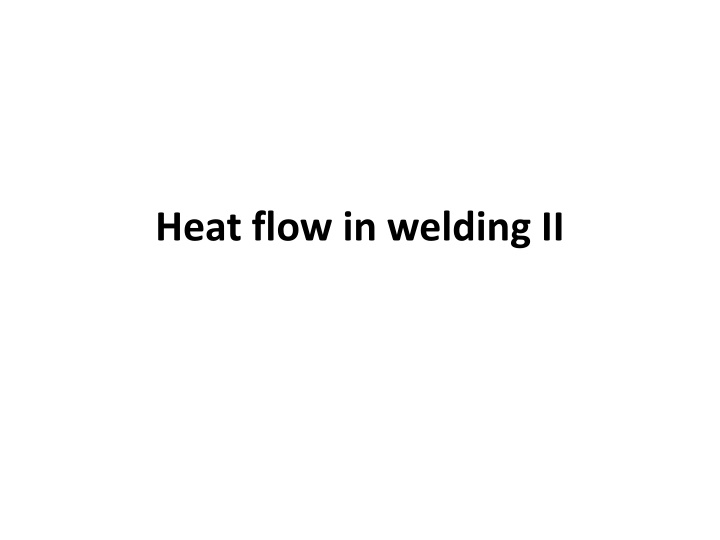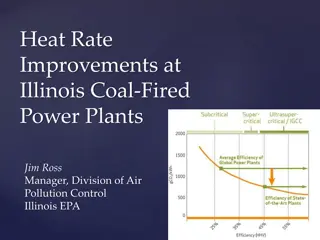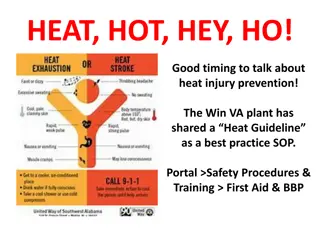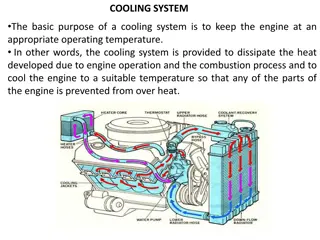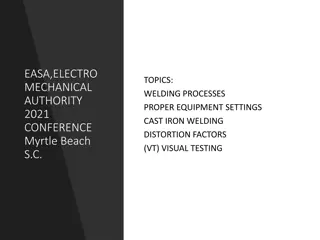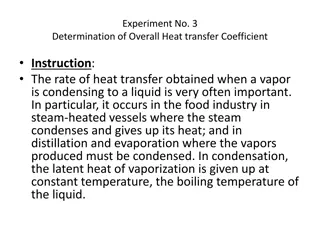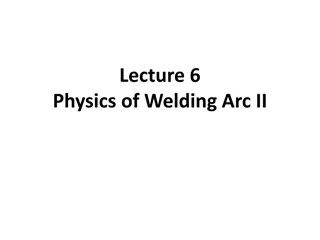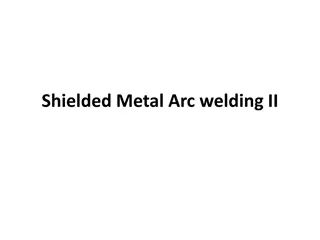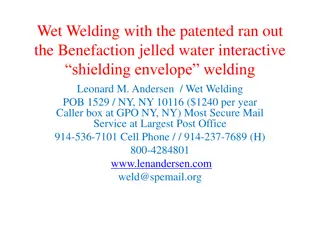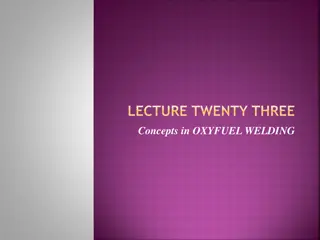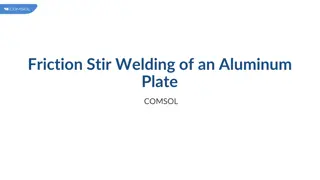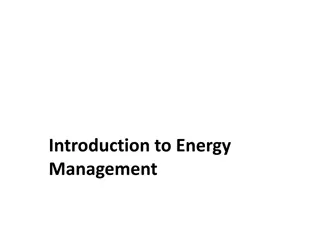Welding Heat Flow and Cooling Rate Calculations
Calculating cooling rates in welding based on plate thickness and welding conditions is crucial for ensuring weld quality. This involves determining whether to use thin or thick plate equations, considering factors like heat input, plate temperature, and physical properties. Discover how critical cooling rates are determined under welding conditions.
Download Presentation

Please find below an Image/Link to download the presentation.
The content on the website is provided AS IS for your information and personal use only. It may not be sold, licensed, or shared on other websites without obtaining consent from the author.If you encounter any issues during the download, it is possible that the publisher has removed the file from their server.
You are allowed to download the files provided on this website for personal or commercial use, subject to the condition that they are used lawfully. All files are the property of their respective owners.
The content on the website is provided AS IS for your information and personal use only. It may not be sold, licensed, or shared on other websites without obtaining consent from the author.
E N D
Presentation Transcript
Calculations of cooling rate -Thickness of the plate to be welded directly affects the cross sectional area available for the heat flow from the weld which in turn governs cooling rate of a specific location. -Accordingly, two different empirical equations are used for calculating the cooling rate in HAZ for a) thin plates and b) thick plates, depending upon the thickness of plate and welding conditions. -Two methods have been proposed to take decision whether to use thick or thin plate equation for calculating the cooling rates and these are based on: 1) number of passes required for completing the weld 2) relative plate thickness
Calculations of cooling rate -According to first method, if number of passes required for welding of two plates is less than 6 then it is considered as thin plate else thick plate for selection of suitable equation to calculate cooling rate. -Since this method is not very clear as number of passes required for completing the weld can vary with diameter of electrode and groove geometry being used for welding, therefore a more logical second method method based on relative plate thickness is commonly used -The relative plate thickness criteria is more logical as it considers all the relevant factors which can affect the cooling rate such as thickness of the plate (h), heat input (Hnet), initial plate temperature (To), temperature of interest at which cooling rate is desired (Ti) and physical properties of plate like (specific heat C, density ).
Calculations of Cooling Rate -Relative plate thickness (t) can be calculated using following equation: h { C (Ti To)/ Hnet } ^ (1/2) -Thin plate cooling rate equation is used when relative plate thickness (t)< 0.6 and -Thick plate cooling rate equation is used when (t)> 0.9. If value of (t) is in range of 0.6 to 0.9 then 0.75 is used as a limit value to decide the cooling rate equation to be used.
Critical Cooling rate (CCR) Under Welding Conditions -To determine the critical cooling rate for a steel plate under welding conditions, bead on plate welds are made with varying heat input. On the basis of thickness of the plate (5 mm) to be welded suitable electrode diameter is chosen first and then accordingly welding current and arc voltage are selected (20V, 200A, To=300C) for bead-on-plate (BOP) welding. -Number of BOP welds is deposited using increasing welding speed (8, 9, 10, 11, 12 mm/sec). Once the BOP weld is completed at different welding speed, transverse section of weld is cut to measure the hardness. -There after, hardness vs. welding speed plot is made to identify the welding speed above which sudden increase in hardness of the weld and HAZ takes place.
Critical Cooling Rate (CCR) Under Welding Conditions -This welding speed is identified as critical welding speed (say 10mm/min in this case) above which cooling rate of the weld & HAZ becomes greater than critical cooling rate. -This suddenly increase in hardness of the weld and HAZ is attributed to martensitic transformation during welding as cooling rate becomes greater than critical cooling rate owing to the reduction in heat input (Hnet) with increase of welding speed. -Using welding conditions corresponding to this critical welding speed for a given steel plate, critical cooling rate can be calculate using appropriate cooling rate equation.
Solidification Rate -The solidification of weld metal takes place in three stages: a) reduction in temperature of liquid metal, b) liquid to solid state transformation and c) finally reduction in temperature of solid metal up to room temperature. -The time required for solidification of weld metal depends up on the cooling rate. Solidification time is the time interval between start to end of solidification. - Solidification time is also of great importance as it affects the structure, properties and response to the heat treatment of weld metal. It can be calculated using following equation:
Solidification Rate -Above equation indicates that solidification time is the function of net heat input, initial plate temperature and material properties such as latent heat of fusion (L),thermal conductivity (k), volumetric specific heat and melting point (tm). -Long solidification time allows each phase to grow to a large extent which in turn results in coarse-grained structure of weld metal. An increase in net heat input (with increase in welding current / arc voltage or reduction in welding speed) increases the solidification time. -An increase in solidification time coarsens the grain structure which in turn adversely affects the mechanical properties. -Non-uniformity in solidification rates in different regions of molten weld pool also brings variation in grain structure and so mechanical properties. Generally, centerline of the weld joint shows finer grain structure (Fig. 20.3) and better mechanical properties than those at fusion boundary primarily because of difference in solidification times. Micrographs indicate the coarser structure near the fusion boundary than the weld center.
